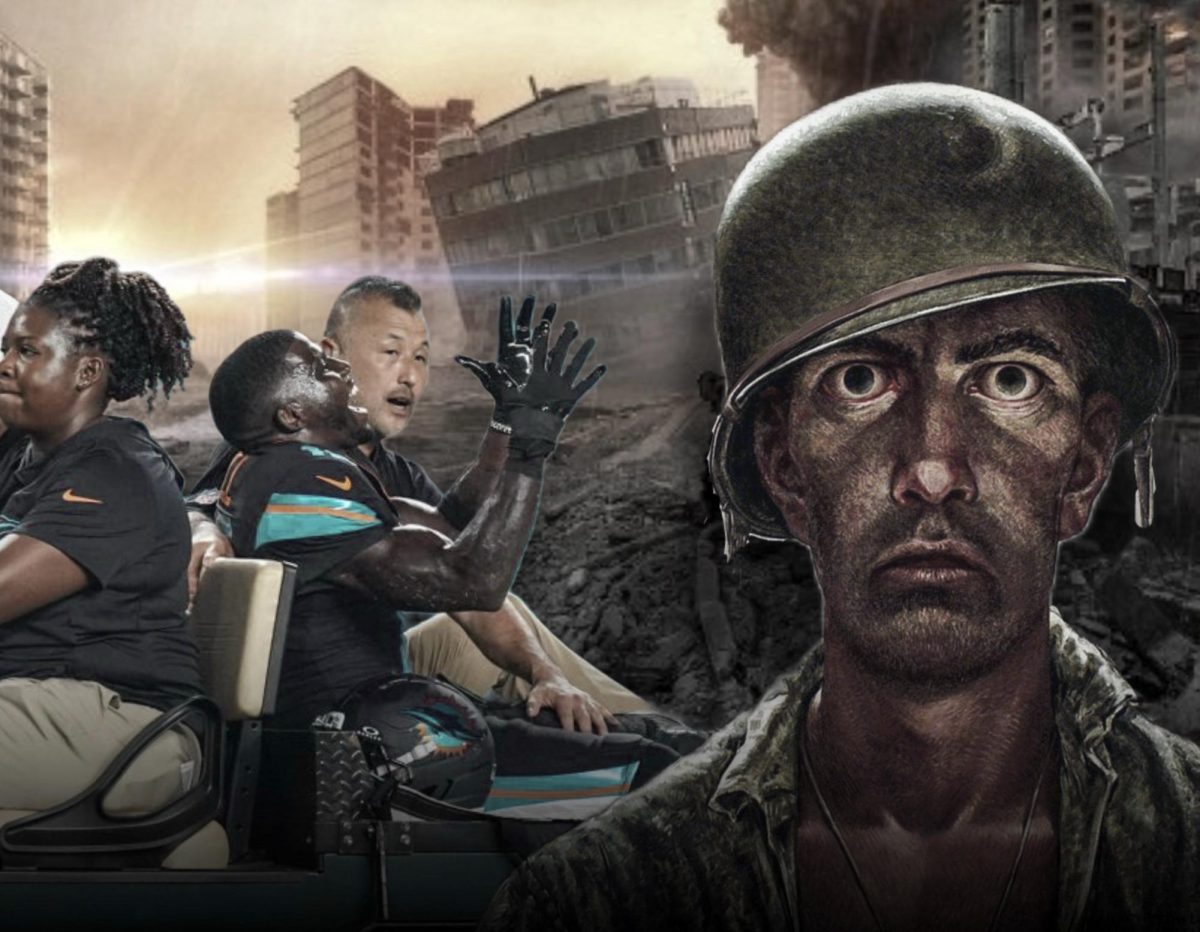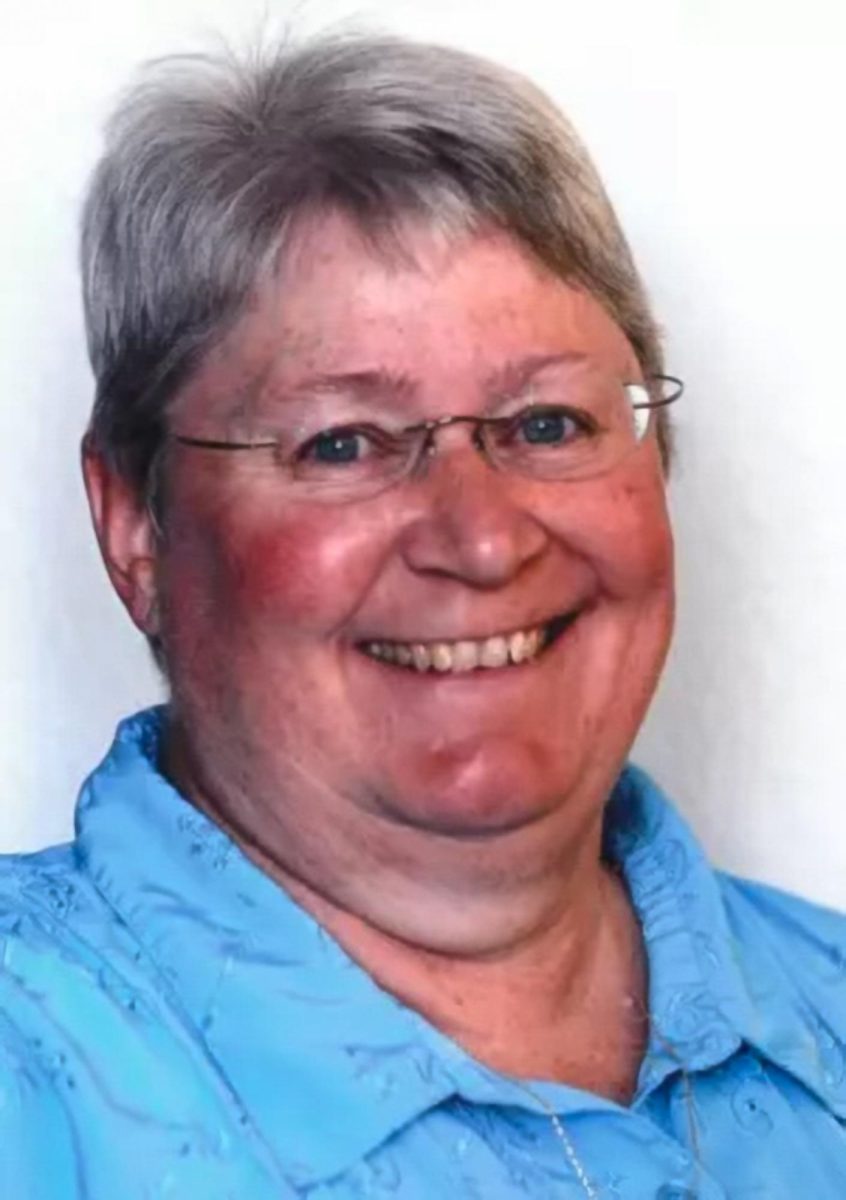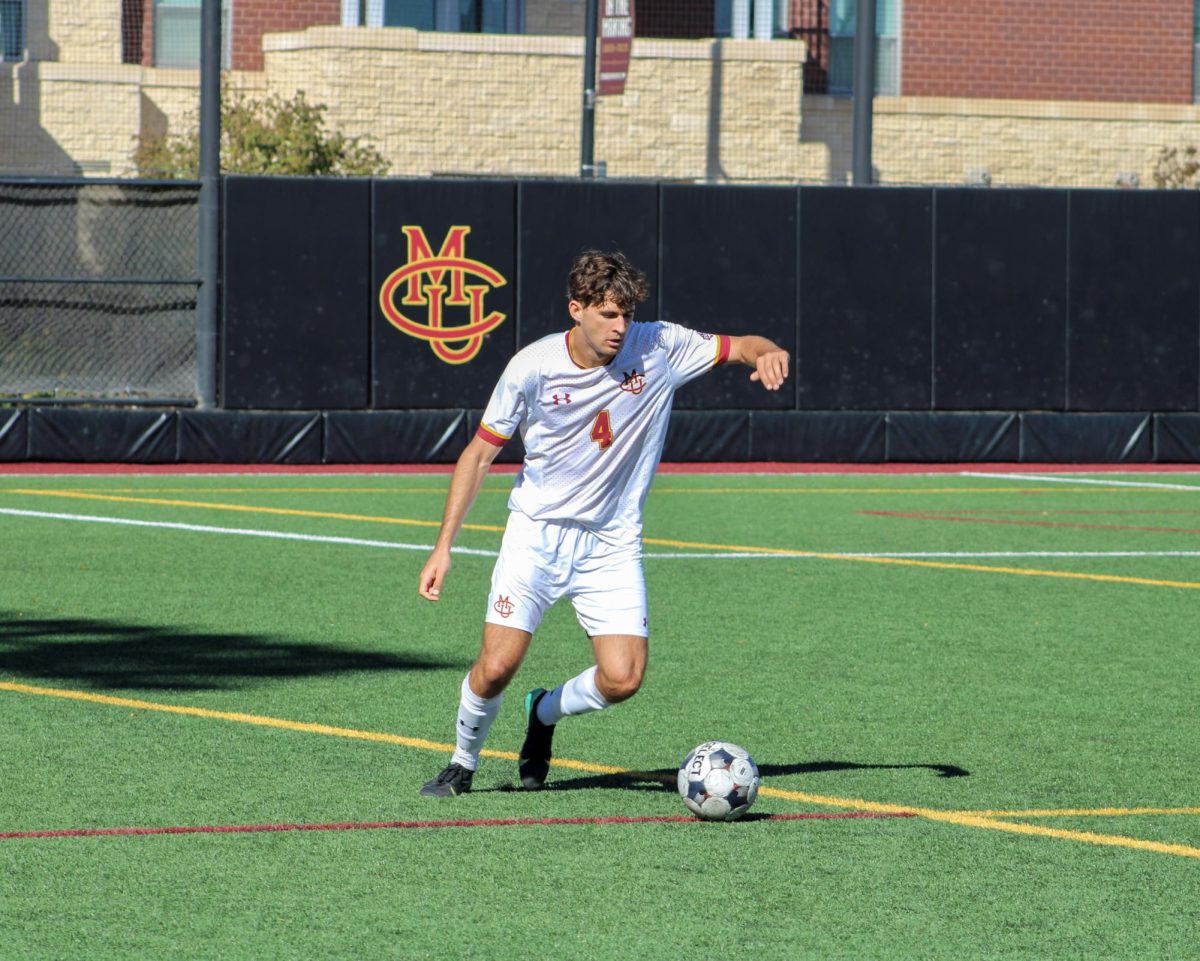The experience of actually
traveling with the team
By Matt Kennedy
Let’s face it, NCAA Division III athletes do not have the most luxurious travel schedules. The mass majority of trips consist of bus rides, several-hours long drives through the night and back-to-back games are a habituation.
What about the journalists who actually have to cover those games? How about student journalists? We don’t get the commodities professional reporters receive when they get to travel on the team bus or plane. Heck, coming from a guy who covers Division II sports, we don’t even get to travel…ever.
For the writers at the Criterion, our coverage for Colorado Mesa University (CMU) road games consists of watching them on the RMAC Network. The interviews are the most difficult part. Most of the time the CMU coaches and athletes have to somehow find a signal while driving down I-70 in between canyons and mountains in the dark while snow and icy roads slow down the buses.
It’s all just a part of the job.
Luxuriously, I had the opportunity to travel to my first ever road games during the 2019-2020 athletic seasons. The most recent expedition was this last weekend when the CMU men’s and women’s basketball team competed against Fort Lewis College in Durango, CO.
For those who have never driven down to Durango from Grand Junction and back in the same day, it is not a journey that is for the faint of heart…or patience. A four-hour drive down and four-hour drive back over the treacherous pass of Red Mountain and the sharp turns of Molas Pass in the dark were not the most ideal conditions for a work day.
Let’s just make this clear, I am not complaining about the drive nor experience, rather I am illustrating the conditions that needed to be met to write a 650-word story about a basketball game. Each journalist has to be pushed outside of their comfort zone in order to pursue a story. For sports journalists, the hardest part of their job isn’t the story itself, it is the methods of how they are going to retrieve it.
Crappy WiFi connection or snow-packed highways can delay or even cancel a story. Moreover, the experience of being immersed in another school’s athletic facilities and student body is an enthralling situation. Schools should pay to send their student media organizations to neighboring events because the experience itself helps prepare them for the real world of journalism. Enough said.
The lesser ‘luxuries’
By Jaremy Goggins
Covering college sports is no easy task, especially when the team you’re covering is playing across the country.
CMU is filled with top of the line athletics that travel over a wide variety of states to compete. As a committed sports journalist, it’s safe to say I’ve experienced travel coverage first hand, and it’s not exactly a walk in the park.
Imagine trying to cover a game where the final score wasn’t actually posted anywhere. Asking every contact available and still being unable to figure out who actually won. This can be an intermittent struggle of a sports reporter who did not travel with the team they’re covering.
I’ve covered many sports here on campus at CMU and even then, it could be a little difficult. The process only becomes significantly more complicated when I’m unable to attend the event in person. Most don’t understand this struggle.
Talking to coaches and players on the road while they’re driving home after a big loss is a beast of its own. Coordinating phone calls and interviews while the team is in a different time zone or a place where phone reception is poor can be the bain of a journalist’s existence. Especially if the coach or players aren’t particularly feeling “chatty”.
Regardless of all the given issues, there’s nothing like sports coverage.
The ability to work hand in hand with coaches and athletes on the collegiate level is an opportunity that comes very few and far between.








